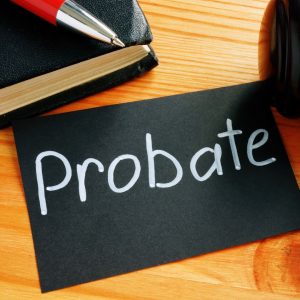In the State of California, a conservatorship is a proceeding that takes place in court. During the hearing, the court will decide as to whether an adult is able to manage his or her own basic needs. These needs include the ability to manage one’s finances, obtain medical care, and obtain food and shelter. The court will also decide as to whether the individual is subject to any undue influence.
In most instances, a conservator is an individual who is a close friend or family member of the vulnerable adult. The conservator’s main responsibility is to look out for the well-being and safety of the disabled adult who is not able to care for himself or herself. In cases where no person is willing to act as a conservator, a public guardian could be appointed by the court.
If you are interested in learning more about the conservatorship process in the State of California or are interested in getting a conservatorship set up for a loved one, a knowledgeable California elder law attorney may be able to assist you with your legal matter. Your attorney could help you throughout the entire conservatorship process by filing the necessary paperwork and representing you at any court proceedings.
Types of Conservatorship Actions in California
There are three basic types of conservatorship actions that exist within the State of California. The first type is called a General Probate Conservatorship and is for adults who cannot provide for their own basic needs – including food, clothing, and shelter – as a direct result of dementia or physical injury. In contrast, a limited conservatorship may be available for a person who suffers from developmental disabilities. Finally, an LPS (mental health) conservatorship might be available to a person who suffers from a grave disability because of a mental disorder, and as a result, has the potential to cause harm to themselves or someone else. This type of individual typically requires significant time in a psychiatric facility or hospital.
The Conservatorship Process in the State of California
The first step in the conservatorship process is to file a Petition for Probate. Once that happens, an investigator will be assigned to interview the conservator, the proposed conservatee, and any individuals who might have pertinent information that they could share with the court. After these interviews are complete, the investigator assigned to the case will draft a report that the court will be able to review before the hearing takes place.
Courts typically monitor both limited and general conservatorships. The investigator assigned to the case will likely visit with the conservatee, and on an annual basis, will typically speak with the conservator.
To establish a probate conservatorship, you will need to fill out all the necessary forms, get a hearing date, and attend the conservator training class.
A knowledgeable elder law attorney in California can assist you with setting up a conservatorship and going through all the necessary legal steps and protocols to ensure that it is done correctly.




